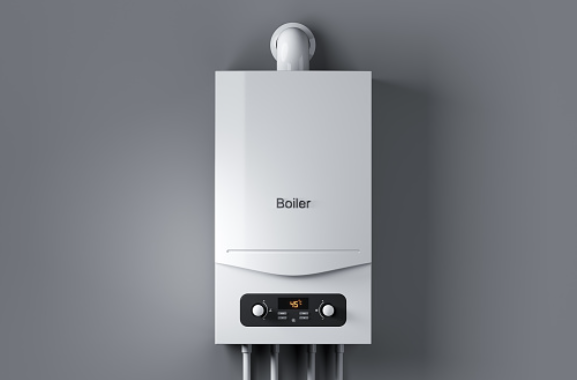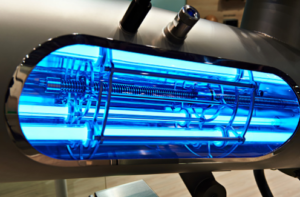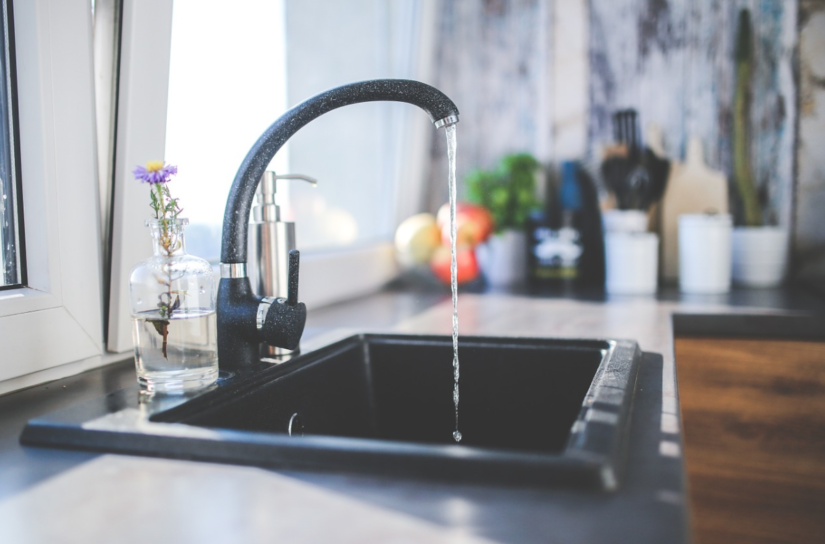Guide to Home Water Filtration Types You Need to Know
Purification can be described as a process that causes chemical changes in the water or adds chemicals to the water to remove microbes. Treatment is used to disinfect the water. It can also remove adverse color, odor, or chemical additives such as chlorine. However, it is primarily concerned with removing bacteria and viruses. It is often used in conjunction with a filtration process to eliminate the microbes removed by purification. These are four home water filtration methods that are safe;

Iodine Tablets
Iodine tablets are the fastest and most effective method of disinfecting water. These tablets are often used in remote areas without electricity. Although the tablets kill Cryptosporidium and Giardia, they do not remove chemicals and other contaminants. This method can be used in an emergency. Wait 1/2 hour before dropping the tablet into the water. Then add vitamin C to improve the taste.
Boiling
“Boil water before drinking” is the first piece of advice a Peace Corps volunteer receives upon arrival in the host country. Boiling kills most microbes and prevents waterborne diseases efficiently. This simple method of water purification is safe for people who are healthy and eat well. It is why this system works best in areas where tap water is often untreated or unhealthy. This system is ideal for people with severe allergies that cannot be treated with tap water.
It is an effective way to purify the water in your home if it is not well treated. It can also be used as a filter to remove particles and improve the taste. If your tap water is treated in your area, boiling is a good option. However, it may take longer than filtering through a tabletop device. Boiling is the best option if you want to make tea or coffee.
Distillation
In distillation, water is boiled, and the steam is sent to a refrigerator. It cools the water to its usual form, leaving behind chemicals and microbes. It has no flavor because it has nothing to taste. Besides, it stimulates the creation of rainwater. This process takes a lot of energy, both to boil and to cool the water. It is a good option for areas where there is no rain or tap water, but lots of electricity.
Ultraviolet
 This system was developed for hospitals. This system combines a carbon filter with a separate chamber containing a shortwave UV light. Ultraviolet light is effective at killing microbes and preventing them from multiplying or causing disease. The carbon filter should be changed every six months. However, the UV lamp only needs to be changed once a year. You can check how much electricity your model uses to keep the lamp running.…
This system was developed for hospitals. This system combines a carbon filter with a separate chamber containing a shortwave UV light. Ultraviolet light is effective at killing microbes and preventing them from multiplying or causing disease. The carbon filter should be changed every six months. However, the UV lamp only needs to be changed once a year. You can check how much electricity your model uses to keep the lamp running.…








